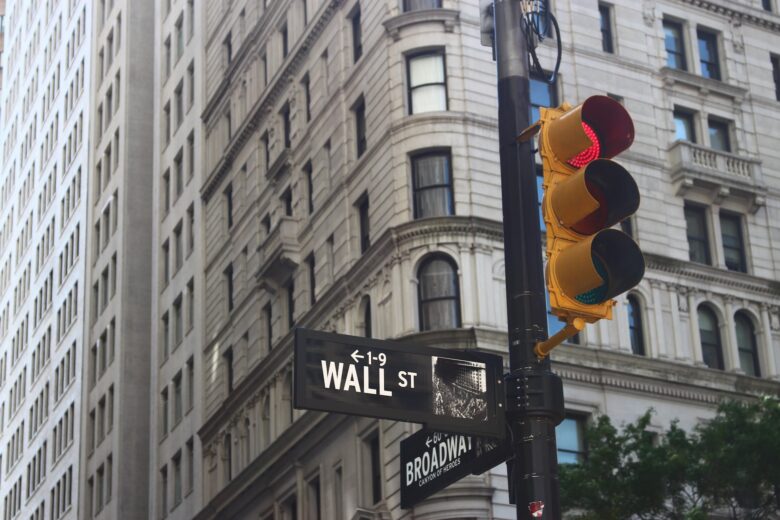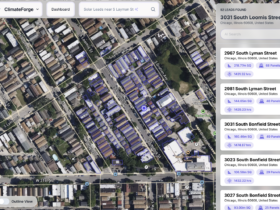The landscape of investment has seen some remarkable alterations lately. Steve Chiavarone, a senior portfolio manager at Federated Hermes, recently augmented allocations to industries such as energy and materials, projecting further economic expansion.
Until the first half of 2023, risk assets saw a significant tailwind from bearish positioning. However, according to strategists at BofA Global Research, the scenario differs in the latter half of the year. As their recent report indicates, the bearish influence does not hold as strongly in this duration.
Interestingly, the economy demonstrating resilience and the descending graph of inflation have managed to solicit investors from the fringes, thereby strengthening risk appetite. As a result, the S&P 500 reported a hike of nearly 14% this year. Conjecture amongst market observers suggests this may have resulted in leaving less cash in the reservoir to fuel more gains and fewer circumspect investors to convince.
In a marked contrast, a recent survey of fund managers by the same bank showed a decrease in cash allocations to 4.8% in August, the lowest in almost two years. Consequently, the bank’s “cash rule” indicator, which flags a “buy” when allocations cross the 5% threshold, now stands neutral.
Investors have an eye on ongoing global developments. The escalating property crisis in China and subsequent tremors in its economy, fueled by real estate titan China Evergrande Group filing for US bankruptcy protection, are sparking concern. Analysts support the notion that the market is especially open to vulnerabilities due to the surge in bond yields and potential contagion in the Chinese property sector, according to Quincy Krosby, LPL Financial’s chief global strategist.
Meanwhile, investors eagerly await the annual Federal Reserve symposium in Jackson Hole, Wyoming, at the end of next week for further insight into the duration of the status quo on rates.
Earlier this year, the market was marred with pessimism which later gave way to optimism, sparking a rally, Willie Delwiche, a strategist at Hi Mount Research, remarked. He added that optimism initially skyrocketed from excessive pessimism but is starting to take a downturn.
The contagious optimism that ignited the stock market is up for a reality check. The dip in investments inter leaves investors grappling with a choice – treat the decline as a chance to invest more or interpret it as a call to lighten stock loads.
Several indicators which were hinting at an upside for US stocks this year have shifted to a more neutral outlook. This could leave equity markets susceptible to upheavals due to a recent increase in bond yields and anxieties about China’s economic sanity.
The surge in yields on Treasuries, considered virtually risk-free owing to the supporting US government, may make stocks less enticing to investors owing to the high equity valuations by historical standards. Investors continue to monitor contrarian indicators to calibrate the market’s mood, as extreme pessimism is considered a good time to invest and vice versa.
There’s no doubt that optimism has swelled in the market, but it’s not quite at a fever pitch. Investors have found solace in signs that a recession is unlikely in the US this year, even amidst the cooling inflation and the Fed’s reluctance to elevate interest rates further.
Therefore, as the markets advance to the remaining part of the year, it is fascinating to see how investors navigate their portfolios amidst growing global market complexities.












